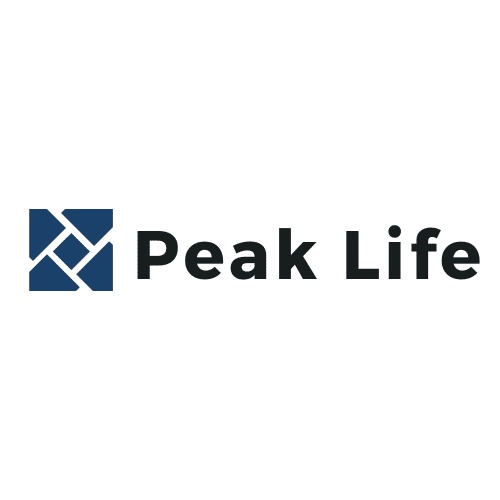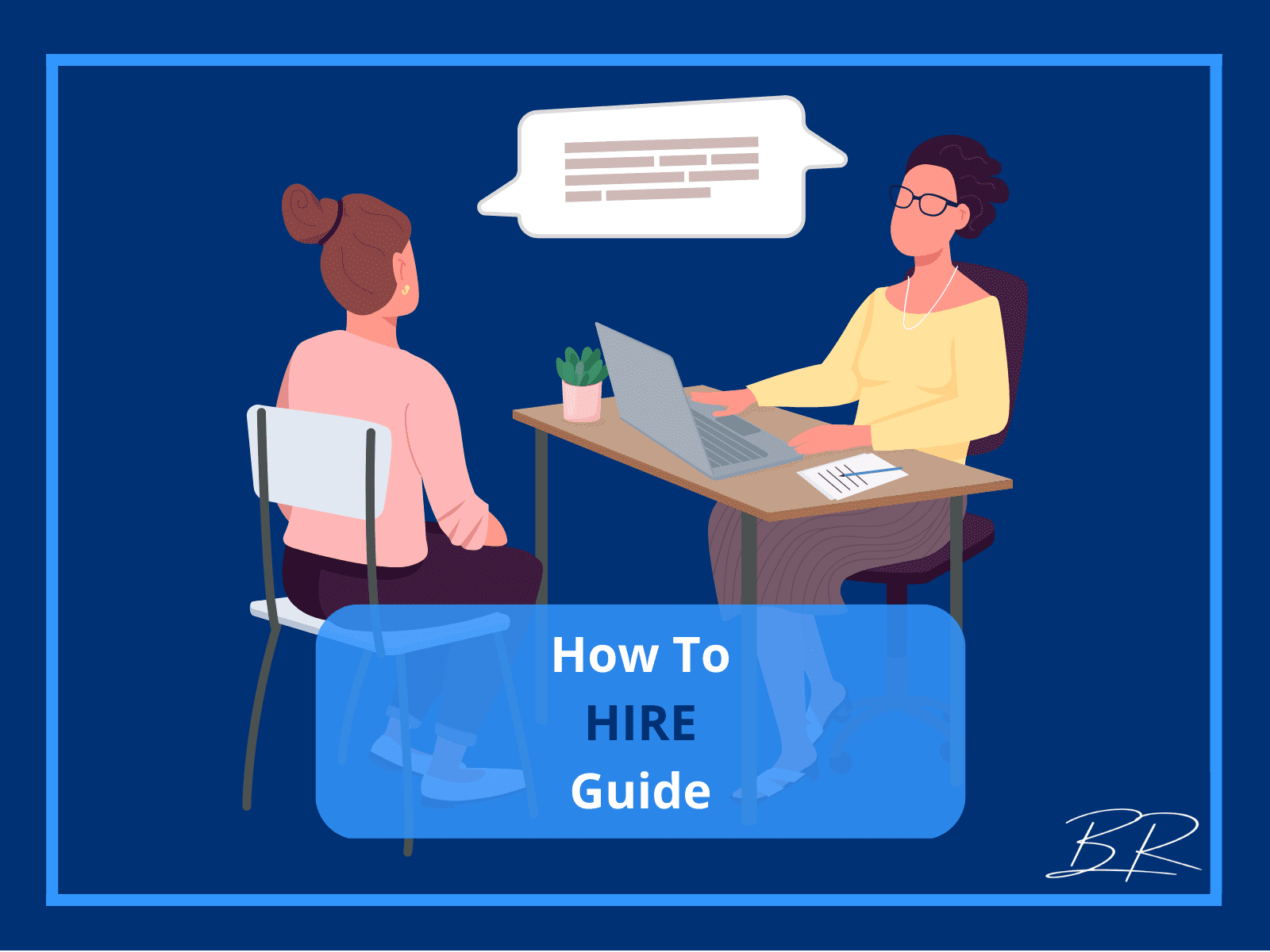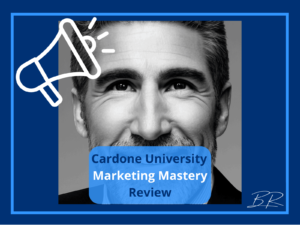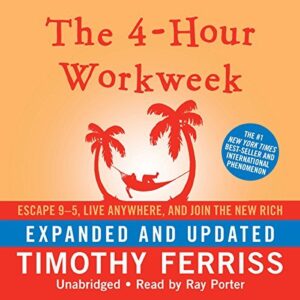How to Hire Guide: A Step-by-Step Guide for Leaders and Managers
This post contains affiliate links that help supports this blog and cost you the exact same. If you do not wish to use affiliate links, then feel free to google the product.
Hiring a new employee can be one of the most exciting and rewarding tasks for any leader, or manager, or team.
After all, finding the right hire will not only help you reach your business goals but bring fresh energy and ideas to your organization. But it’s also important to make sure that what seems like a great fit in the interview ends up being just as strong when on the job — if not better. That’s why I’ve put together this step-by-step guide: How to Hire Guide without regrets, designed specifically with professional leaders and managers in mind.
I will cover best practices for finding, interviewing, onboarding and managing quality hires who will stay with you for years to come. So let’s get started!
If you are looking to be hired give these two articles a read.
The 5X5 High Income Skills You Need to Learn
Resume Advice for Young Professionals
How To Hire Guide: Introduction To Hiring New Employees
When it comes to hiring new employees, there are several steps that should be taken in order to ensure the best possible outcome.
The first step is to identify your needs and determine the type of employee you need for the position, including their experience level, desired qualifications and any special skillset. It’s important to take into account not only the job title and requirements but also the culture of your workplace and what type of person would fit in best with your team. Once your needs have been identified, you should begin researching potential candidates by posting job listings, networking with related professionals, or attending job fairs.
Once you have narrowed down your list of qualified candidates, it’s time to start interviewing them. During the interview process, it’s important to ask questions that will help you gauge their skill level, work ethic, and commitment to the role in question. Be sure to ask about any relevant experiences they may have had, as well as their goals for the position and how they plan on achieving them. Be sure to conduct a background check on each candidate prior to making a decision.
Finally, when choosing which candidate is right for the position, it’s essential that you weigh up the pros and cons of each applicant before making a final decision. Ask yourself if they have the skills and qualifications needed for the role as well as if they will be able to contribute positively towards company culture and goals.
Making an informed decision at this stage is key in order to ensuring you find an employee who will bring value and success to your organization.
Evaluating the Impact of a Bad Hire
When employers make a bad hire, the impact can be profound and long-lasting.
It is not unusual for organizations to face significant financial losses due to poor hiring decisions. The costs associated with a bad hire include lost productivity, employee benefits, and potential legal risks, as well as additional resources required to undo any damage caused by the new employee. As if that isn’t enough, there are also the intangible costs of morale and reputation that often come with making a poor hiring decision.
The most obvious cost of a bad hire is the money invested in recruiting and the onboarding process for that person. Even if you’re someone who is willing to work for a lower salary than expected, you may end up spending more on training and support than necessary due to a lack of knowledge or experience. Poor hires can also lead to increased turnover rates, which will require additional recruitment efforts and result in higher overall labor costs.
Another way in which poor hiring choices can hurt your organization is through decreased morale among existing employees. When one person is performing poorly, it can bring down the performance of an entire team or department as people scramble to cover their mistakes or take on extra responsibilities. This kind of environment often leads to frustration and resentment among employees, decreasing motivation levels and lowering productivity overall.
In addition, when businesses make bad hiring decisions, they risk damaging their reputation with customers and partners alike. Poorly trained staff may give off negative vibes to customers or fail to provide adequate service, causing dissatisfaction that could lead clients elsewhere; likewise, having unreliable workers might prevent your company from meeting deadlines with its suppliers or partners, resulting in strained relationships with them as well
Overall, employers should be cognizant of the potential repercussions of bad hires – both tangible and intangible – when making staffing decisions. Taking time to properly assess job requirements, vet candidates thoroughly, provide appropriate training once hired, and monitor progress regularly are all essential components of successful long-term hiring strategies; failure to do so increases the chances of costly missteps further down the line.
Step-by-Step Guide for Making the Right Hiring Decisions
Making the right hiring decisions is an important part of any business’s success.
To ensure you are making sound decisions, it is best to have a step-by-step guide to help you navigate through the hiring process.
- First, consider your needs for the position and create a job description that reflects those needs.
- Next, review resumes and interview potential candidates to identify the best one for the role.
- Then, conduct background checks and reference checks to verify the accuracy and validity of applications.
- Finally, make an offer and negotiate salary and benefits with the successful candidate.
LinkedIn Jobs is by far my favorite resource for looking for professionals.
By following these steps in order, you can be sure that you are making informed decisions about who to hire for your business.
a. Defining Job Responsibilities & Qualifications
The purpose of defining job responsibilities and qualifications is to identify the duties and skills required to effectively perform a specific job so that you can properly search, interview and find the right candidate.
Job descriptions should clearly outline the main purpose of the position, any specialized tasks or knowledge required, as well as any other potential duties that may arise. When creating a job description, it’s important to include any qualifications or certifications an applicant should possess in order to be considered. This could include higher education degrees, prior work experience in the same field, or special certifications.
In some cases, employers may also require additional training or certifications before they will consider hiring a candidate.
Defining job responsibilities and qualifications can help ensure that employers hire candidates who possess the skills and knowledge necessary for success in their role, and not just the candidate that can sell themself the best.
b. Assessing Cultural Fit & Team Dynamics
Cultural fit and team dynamics are two of the most important elements to consider when building a successful team.
Cultural fit is related to how well someone will fit into the existing culture at an organization. It can include things such as values, beliefs, work style and approach, communication style, and lifestyle preferences.
Team dynamics refer to how individuals interact within the team. This includes how the members support each other, collaborate with each other, how they handle conflicts and disagreements, their ability to trust each other, provide constructive feedback, and problem-solve together.
PS: The Five Dysfunctions of a Team is a great book on building trust within a team
Both cultural fit and team dynamics have a huge impact on overall team success. Ensuring that people are compatible with the company culture and have strong interpersonal skills is essential for building a cohesive team that is productive and happy.
c. Conducting Interviews & Preparing Questions
Conducting interviews and preparing questions are essential skills for HR professionals or any team leader.
Interviews are an important way to gather information, assess a candidate’s qualifications and make hard decisions. Preparing questions is just as important as conducting interviews because it will ensure that you get the most out of your conversations.
Before engaging in an interview, it is important to spend some time researching the topic or person you will be interviewing. Knowing key facts beforehand will enable you to ask better questions and produce higher-quality content. Additionally, consider how long your conversation should last and create a list of topics or points that you would like to cover during the conversation.
When asking questions during an interview, there are several things to keep in mind. First and foremost, listen carefully to responses and follow up with appropriate questions. Additionally,
- use open-ended questions that allow for more expansive answers instead of closed questions which solicit only yes/no answers or short responses.
- Try not to ask leading questions which suggest certain answers because these can influence the responses that you receive from the subject.
- It is also important not to monopolize the conversation; instead allow pauses so that your subject can feel comfortable enough to talk freely without feeling rushed or interrupted.
- Lastly, be sure to take notes throughout the conversation so that you can reference back later on when writing up your piece or article.
Overall, conducting interviews and preparing questions are important skills for anyone looking for insight into a person or topic of interest. With research and thoughtful preparation prior to engaging in an interview, you can acquire quality information to share with others through stories or reports.
d. Checking References & Credentials
References and credentials are important to consider when hiring a new employee.
During the interview process, it’s important to not just take the applicant at their word. Checking references and credentials can help employers assess a candidate’s qualifications and job history more thoroughly. It’s also an opportunity to get a sense of how the applicant interacts with colleagues, supervisors, and other people in their professional network.
Having this insight can help employers make informed decisions when selecting someone for a job or promotion.
e. Watch for Red Flags
When conducting job interviews, it’s important to be aware of potential red flags that could arise.
Taking the time to ask the right questions and probing for additional details can help uncover any issues that may not be immediately obvious. Ask about previous employment experiences and look for discrepancies in their responses, as well as those provided by references. Additionally, be sure to check their social media profiles and verify the education or certifications they list on their resume or CV.
It’s also a good idea to do some research on the company they applied from – if they have interviewed multiple competitors in a short period of time, this could be a sign of something amiss.
Finally, if something seems off, chances are there is something off.
g. Letting the Employee Go (Firing)
Employees should be let go before the probation period is up if they are not meeting expectations.
If someone is consistently underperforming or has behavioral issues such as undermining their team members, it is better to terminate their employment early rather than waiting and hoping they get better.
Additionally, some employees may not have the skills required to do the job they were hired for, and sometimes an employer needs to make a tough decision and let them go.
Note: It is important to document any significant performance or behavior issues so that you can provide a clear explanation if needed in case of any legal consequences.
Conclusion
The hiring process is an important part of any business, and it’s essential to get it right.
Every candidate should be evaluated carefully for their qualifications, job responsibilities, cultural fit, team dynamics and more. By following a step-by-step guide when making new hires you can help ensure that the wrong hire isn’t made – saving your company time and money in the long run.
With these tips in mind you will have all the tools needed to make confident decisions about who to bring on board next!







